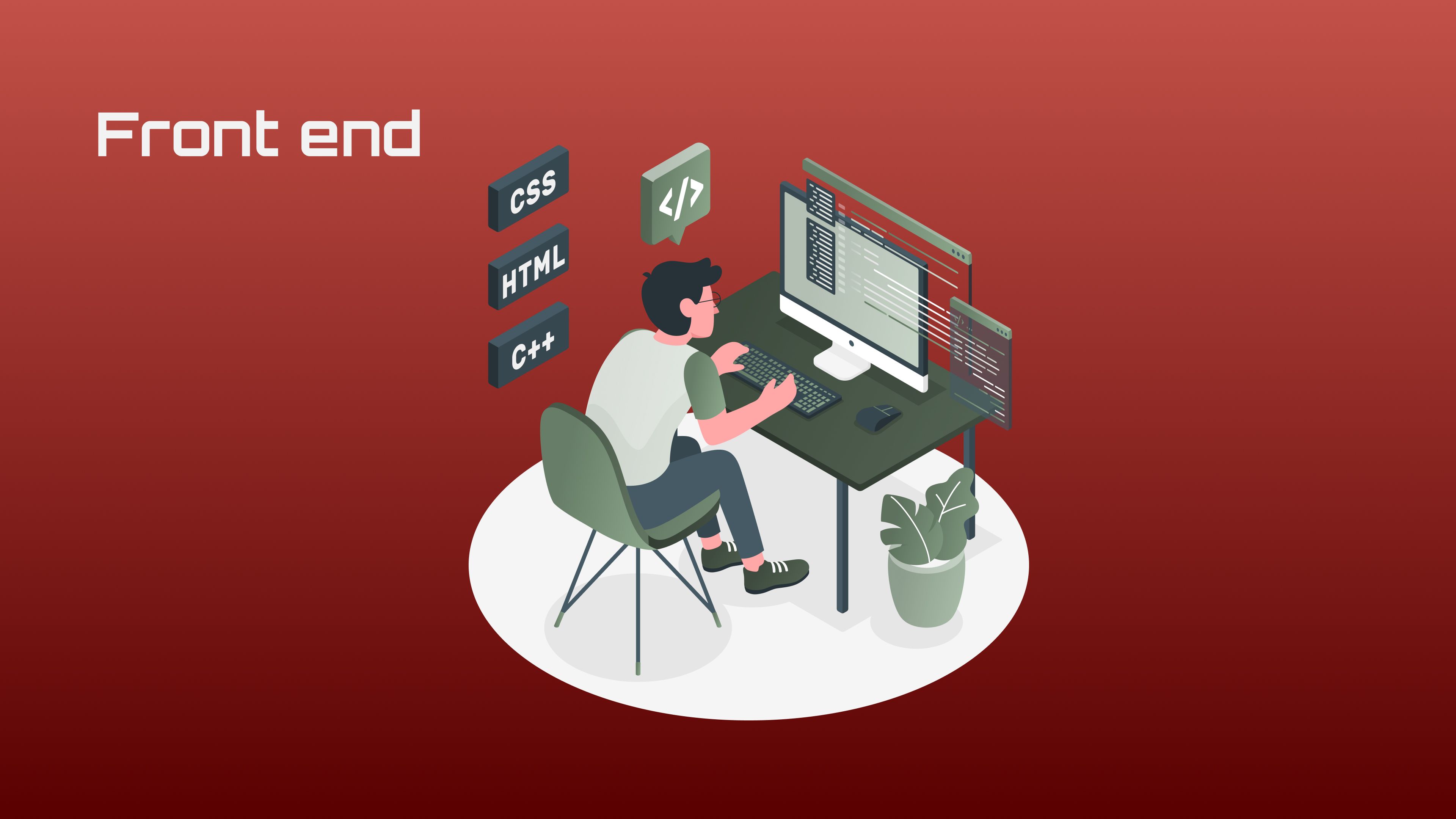In web development, understanding the roles of front-end and back-end development is crucial for building effective and efficient web applications.
This article explains the differences between front-end and back-end development, the technologies involved, and their respective roles in creating a seamless user experience.

Front-End vs. Back-End: The Difference
Front-End and Back-End development work together to create a functional and user-friendly web application. While the front-end focuses on the visual and interactive aspects of a website, the back-end handles server-side logic, databases, and application functionality.
The ‘front-end’ side of development is the side which the user sees and interacts with, as part of the user experience. The ‘back-end’ instead refers to the server, application and database that work behind the scenes to deliver information to the user.
These two components communicate with one another by HTTP requests sent through the internet which connects these two ‘ends’ and allows them to work together.
When a user requests an action through the front-end interface, the internet then sends this data request to the back-end server, where the action can be carried out and the response or output is then sent back to the front-end for the user to see. We sometimes like to call this the ‘world of magic,’ and at a very basic level, this is how an online platform works.

What is Front-End Development?
The Front-End, which deals directly with the user interface, is the fastest developing part of programming. The front-end stack is the client’s side of the application, referring to anything that a user can interact with on their screen. This can include anything visible on a website, from its design, structure and layout, to the written and visual content.
The frontend is an essential component of web design as it is the first impression a user gets of the brand or company in question, therefore it is important that the website or application has logical navigation, is easy to engage with and is up to date with current design trends as user’s needs and expectations are constantly evolving.
Key technologies used in front-end development include:
HTML stands for Hypertext Markup Language and refers to the first layer of any website. It creates the coded version of a wireframe on a website, forming the website architecture of each page. HTML is a language that tells a web browser how to display text, images and other forms of media on web pages. However, it is not particularly intelligent and is unable to capture information on its own, just render the scaffolding of webpages.
CSS, or Cascading Style Sheets is what brings style to webpages by interacting with the HTML framework, allowing it to look like more than simply a white background with plain text. CSS helps to flexibly customise the appearance of site elements, used for describing the presentation of a web page including colours, layout and fonts. If HTML is the foundation of a hose, then CSS is the interior design, bringing the webpage to life.
Javascript or JS is a programming or scripting language that allows frontend developers to implement more complex webpage features. It is used for moving elements on pages and is necessary every time you want to display more than simply static information on a site. Its uses include for timely content updates, animated graphics and other multimedia which are all coded in this scripting language. For a more in-depth look into Javascript, check out our blog post on the topic.
Front-end development also includes a host of other tools and frameworks, including:
-
SPA frameworks: These are frameworks for single pages applications such as Facebook etc examples include, Angular, React and Vue js.
-
Version control systems: These are a class of systems that help manage changes to programs and sites etc. E.g. git, svn
-
Project assemblers: these tools help change assembly language source code into binary programs E.g C++ etc
-
Package managers: shop of libraries, tools and established pieces to help you in your work e.g. jquery, use for javascript
-
IDE: environments for hosting your programming languages - e.g PyCharm, Eclipse

What is Back-End Development?
The Back-End or server component of the tech stack refers to the inner workings of the software that are invisible to other users. This is where the ‘magic’ happens. The backend is a combination of applications, servers and databases, where code written by backend developers helps browsers in communicating with, reading, updating or deleting data from a database.
There are three types of databases in Back-End:
1. Relational databases: store data in rows and columns like a spreadsheet. These store and provide access to data points that are related to one another
2. Non-relational databases: which aren''t structured in this way and instead store data in a way that doesn’t conform to a predefined schema, are great for organisations seeking to store more semi-structured or unstructured data.
3. Cache: which supplements the primary databases by removing unnecessary pressure off them, usually in the form of frequently accessed read data.
The main programming languages in BackEnd are:
Java is an enterprise language for long-term projects, (often projects can last between 2-5 years). Java is used to create applications in various fields: from websites to computer games, from mobile applications to full-fledged programs for corporations and even for scientific purposes. The framework can be used cross-platform and allows for multithreading. Java’s cross-platform capabilities and security mean it is a favoured language among software developers; Amazon, LinkedIn and eBay all use Java as a backend.
.Net is an enterprise web application framework for building robust mobile, website and cloud applications. Developed by Microsoft to build and run Windows applications, the .Net framework consists of developer tools, programming languages and libraries to build applications. .Net’s backward compatibility, cross-platform utility, good security mechanisms, memory management and multithreading functions mean it is a useful and popular framework among programmers.
Python is used by both enterprise companies and on a much smaller scale for start-ups and entrepreneurs. It can offer multithreading and is a popular language for machine learning. It is also highly comprehensible, relatively speaking due to its simple syntax that is similar to English. Its ease of use and extensive libraries offered for backend development means it is highly useful. Python can be used to create web and mobile applications as well as cross-platform shell scripting and quick automation. However, development can often be slow with a lot of problematic code, so it is hard to write for large scale projects. Companies that use Python as a backend include Uber, Mozilla and Spotify.
PHP is a widely-used, open-source scripting language used for both enterprises and startups, offering fast and easy development. PHP is a general-purpose language, meaning that it is broadly applicable across application domains and PHP can be embedded directly in the HTML code of the application. PHP also receives regular updates to keep up with technology trends. However, this language needs a lot of extra support due to coding problems, which means it is often a poor choice for big projects. Websites that run on PHP include Facebook, Wikipedia and Viber.
Conclusion
Both front-end and back-end development are essential for creating functional, interactive, and user-friendly web applications. By understanding the differences and roles of each, developers can effectively collaborate to build seamless web experiences. Whether you're focusing on the user interface with HTML, CSS, and JavaScript, or managing server-side logic and databases with languages like Java, .NET, Python, and PHP, mastering both aspects is key to successful web development.





